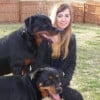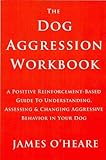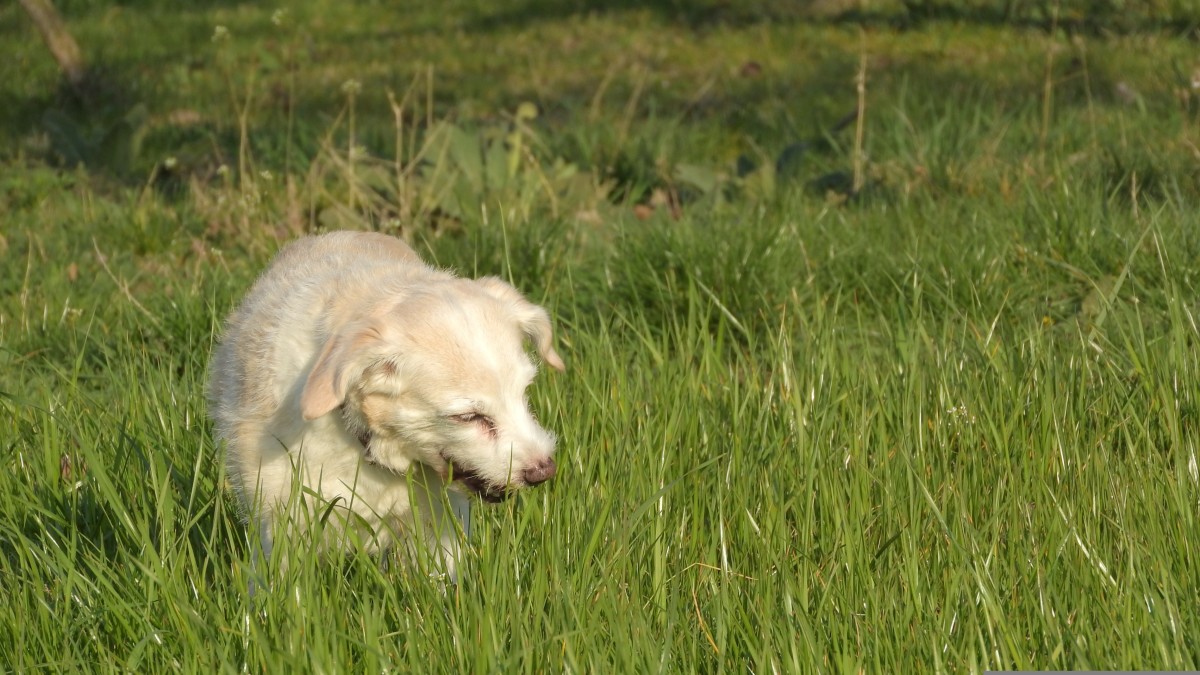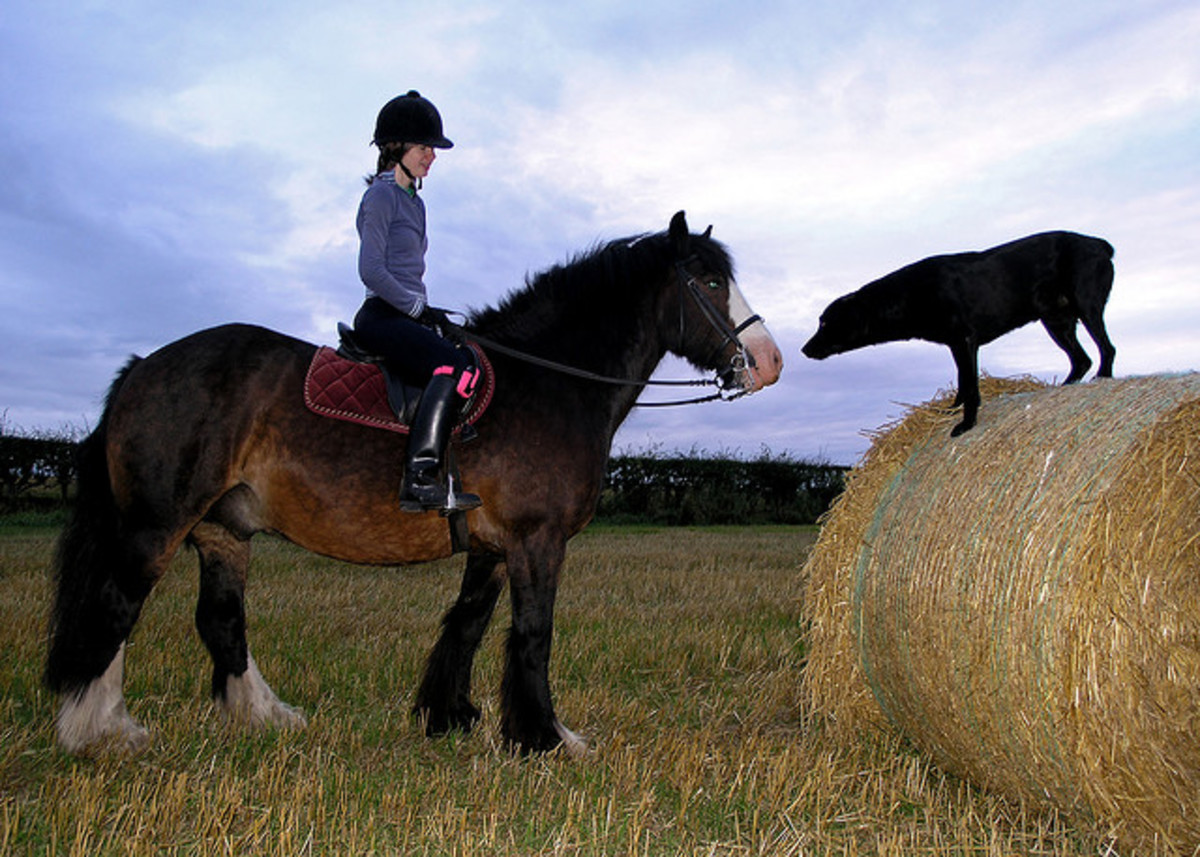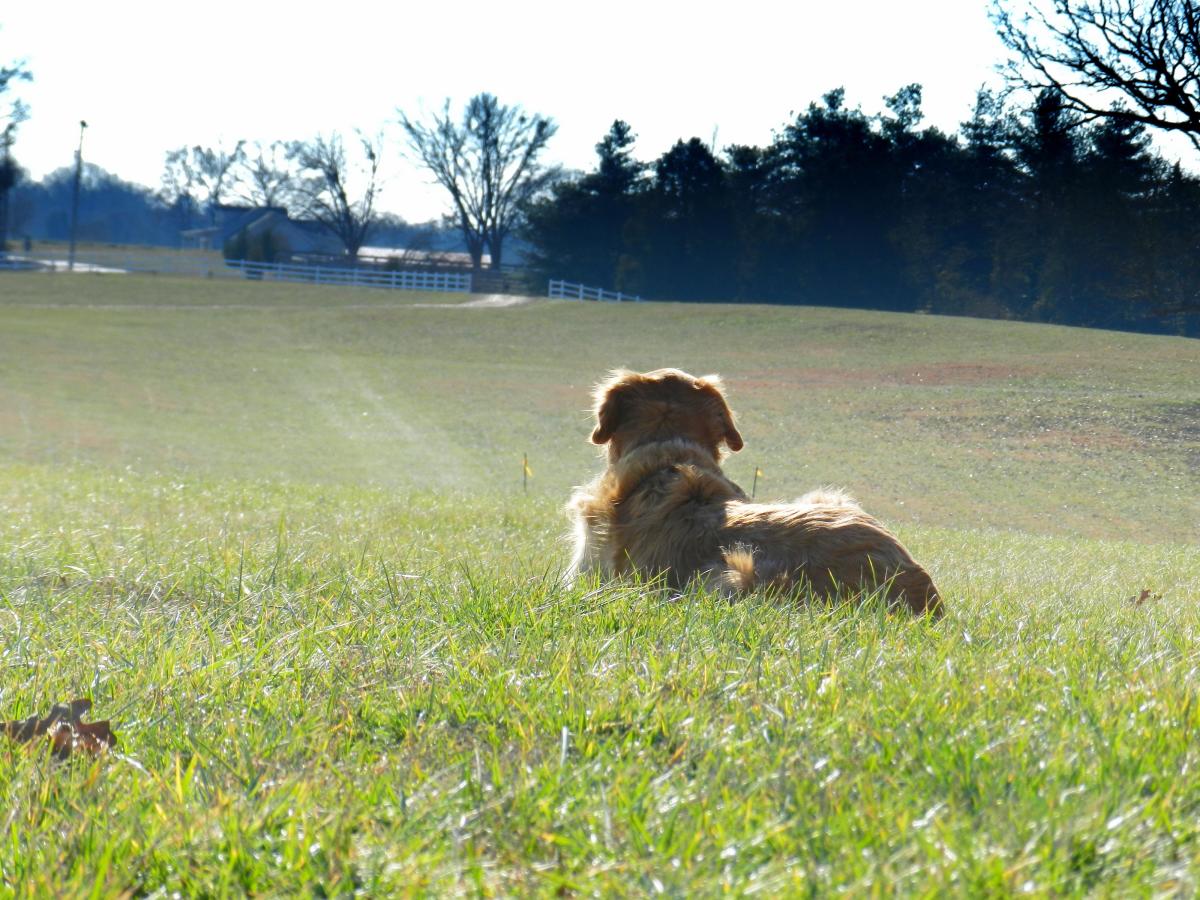- HubPages»
- Pets and Animals»
- Dogs & Dog Breeds»
- Dog Behavior
How to Help a Dog that is Aggressive Towards Other Dogs
How to change your dog's emotional state about other dogs
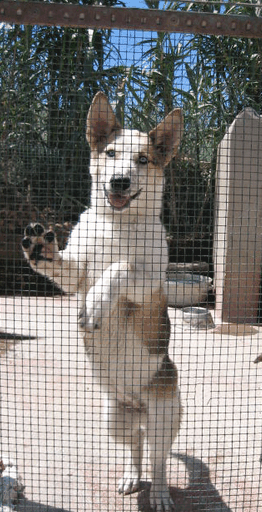
There are various causes for inter-dog aggression in dogs varying from lack of socialization, negative past experiences, or a tendency for same- sex aggression in some breeds of dogs, to just name a few. Regardless of the underlying causes, inter-dog aggression is surely a frustrating issue to deal with and even a dangerous one. Your dog may be a big liability causing serious costly injuries or even the death of other people's dogs.
While totally removing the aggression and turning your dog suddenly into a social butterfly may be asking a bit too much, there are effective ways to at least manage your dog better, and prevent aggressive displays. The more effort you put in the program, generally the higher your chances for success.
Essential tools

A Step by Step Behavior Modification Program for Aggressive Dogs
To reduce the likeliness for aggression, I would recommend some focus exercises, which I have used with success with several clients. These exercises will help desensitize and classically counter condition your dog to associate the presence of other dogs with good things and help put him/her up for success by giving him/her an alternate behavior. Before trying these read the following articles to better get a grip on the process:
You may also find useful reading about how to read your dog's stress levels: Understanding Your Dog's Threshold
Here is the program outlined:
1) Make safety your top priority, keep your dog muzzled if you fear he/she may bite and invest in training tools that give you good control of your dog. I like to use an ''Easy Walk Harness'' by Premier. This harness has a front attachment that helps prevent pulling and lunging behaviors. Many dog behaviorists recommend this training tool when working with difficult cases. Another good option is a Gentle Leader, but I find dogs accept the Easy Walk Harness more readily.
2) Start by investing in the tastiest treats your dog knows. These are 100 dollar treats, treats your dog would die for, examples are slices of hot dogs, freeze dried liver, steak, boneless, skin less chicken,oven cooked chicken livers..Keep small bits of these treats handy by putting them in a fanny pack or treat pouch that goes around your waist.
3) Now work on this exercise: make a sound with your mouth, anything, a whistle, a smacking noise, just not words. Place a treat at your eye level and as soon as your dog looks at you, give the treat. Repeat-repeat-repeat. The sequel is as such: you make sound with your mouth with treat at eye level/dog makes eye contact/you give treat. Do it 10-15 times until your dog gets a hang of it. Timing is of the essence: the second he looks at you the treat is delivered.
4) At some point something wonderful will happen: your dog will look up at you in the eyes automatically when you make the noise in anticipation of the treat. By doing this you have taught your dog to focus on you using classical conditioning. Now you can apply this exercise successfully to change a bit his attitude around dogs and this is how:
5) Once your dog has this exercise down well, try applying it while walking and gradually go in more and more distracting environments...start with a walk around the block, then a busier road, and then an area with other dogs and people. When you feel you have a good level of control, you can try meeting somewhere neutral like a park (dogs are less likely to fight when out of their own turf) with a friend and a dog and try walking together from a distance towards each other but with lots of space in between you as you pass each other. It may help to have other people as well in between both dogs. Try to make a curve as you meet since dogs do better meeting in curves than meeting face to face. Use the focus exercises every time your dog is getting close to the other dog, the closer you get, the more treats will be fed, one after another. Stop feeding treats once the other dog is out of sight. In your dog's mind there should be this equation: dog near=many treats, dog far= no treats.
6) Get gradually closer and closer. If your dog reacts aggressively you have gone too close too fast.. get farther away and restart working from a greater distance.. if all goes well get closer and then walk together with a safety distance. You must work under the threshold, that is, you need to watch your dog's body language for early signs of aggression such as staring, getting tense, raising the tail high etc and work on preventing the aggression from escalating.
7) If your dog is getting ready to react, ignore the reaction, take a few steps back and make your noise with your mouth to get her focus back to you..
8) Practice rock solid ''lay downs'' and ''stays'' at home. Continue walking your dogs together for a full week. When you meet for a walk and notice improvement, practice asking your dogs to lay down and stay despite being near each other.
I would highly recommend obedience training to teach your dog to be able to be under control in presence of other dogs if you are having difficulties in control. If the aggression is genetically present in the dog, you may never resolve the dog aggression but you may be able to manage it by controlling your dog. Your dog may never be best buddies or play with other dogs, but I think if you both work hard you may be able to keep him/her around other dogs without expecting too much interacting. However, keep in mind here may be always risks for accidents..even when you think your dog is getting used to being around other dogs.. so it is ultimately your call if you want allow more interactions or simply just continue working on safe management.
- Tip: some dogs do better if you toss the treats on the ground as you are walking by other dogs. Since this may attract other dogs near you, you can use this exercise safely when walking by dogs behind fences.
- Another great method is teaching "look at that"
Safety is your top priority, you cannot allow your dog pulling and lunging, and risking getting to the other dog. Keep in mind that there are always dangers for re-directed aggression when dogs fight, that is, you can get bit if you get in between two highly aroused dogs.
Disclaimer:
Please consult with a dog behaviorist if your dog is displaying aggressive behaviors. Only a dog behaviorist may see and assess behaviors and offer the most appropriate behavior modification program tailored for your dog. Use extreme caution and make safety your top priority. By reading this article you accept this disclaimer and assume full responsibility for any of your actions.
For further reading: Important Behavior Modification Follow Ups
Some Great Reads
For further reading
- Dog Behavior: How to Stop a Dog From Barking at Men ...
Learn how to help your fearful dog cope with men coming into your home. Understand effective techniques to change your dog's emotional state and perception about men. - Changing Dog Behavior Through LAT "Look at That"
The - What to Do if Your Dog Bites Another Dog
Balanced dogs are generally natural conflict solvers. Given the opportunity, they will try their best to avoid a fight. In the wild, indeed wolf packs will not waste energy on fighting among each other. They... - Warning Signs of Potentially Dangerous and Aggressiv...
Fodd Many times dogs owners are faced with behaviors from their canine friends that are a bit far from what would be expected from ''man's best friend''. Such behavior issues are often ignored or excused with...
